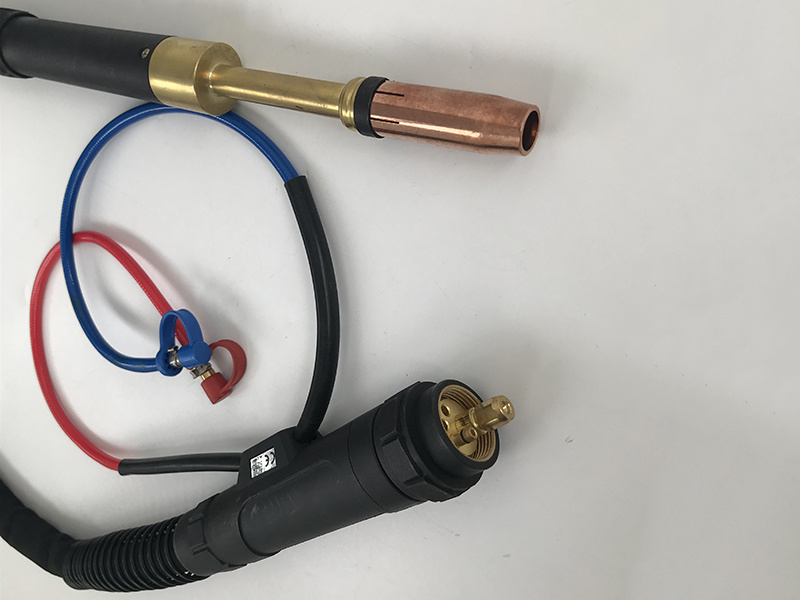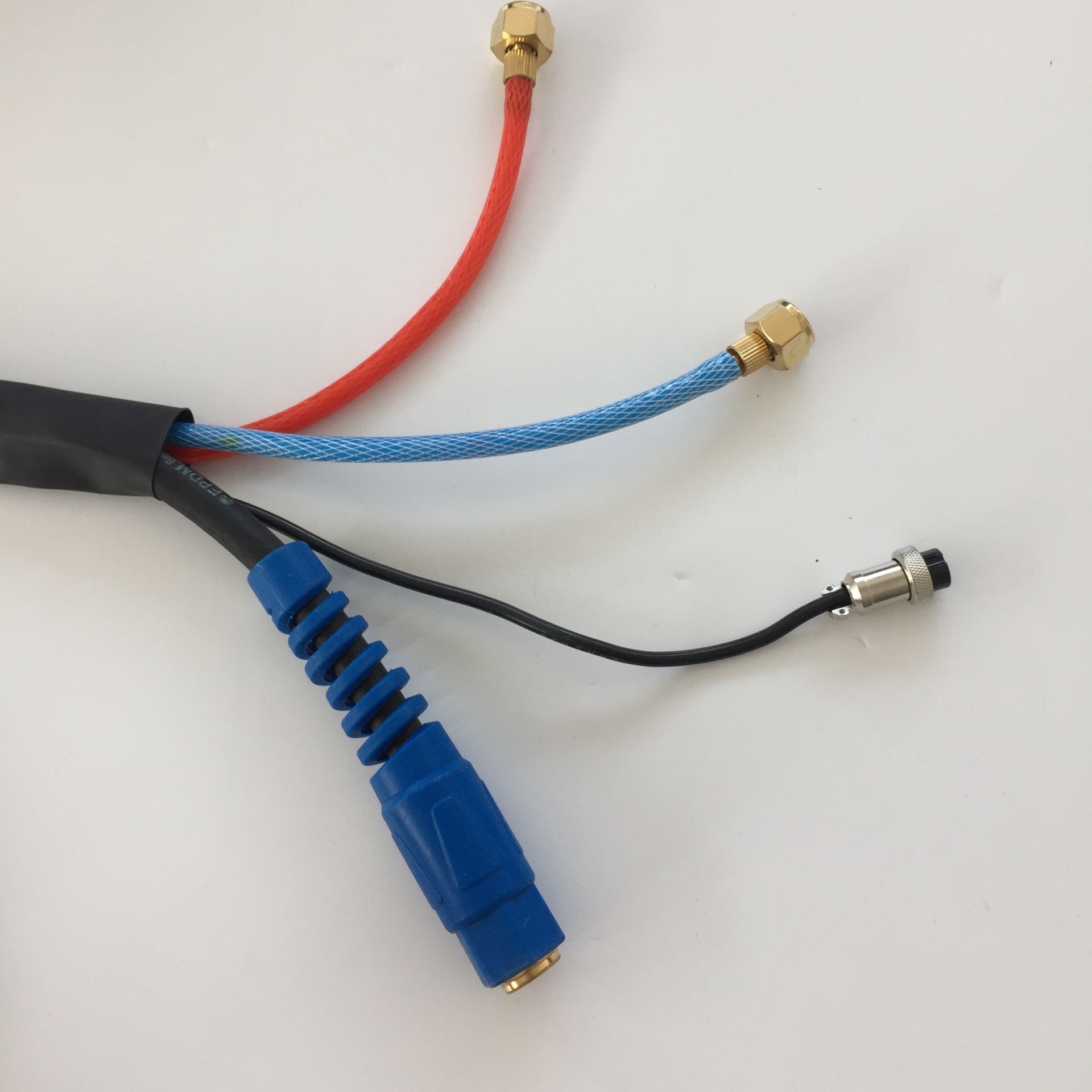language
Essential Safety Gear for Working with WP18 Welding Torches: A Comprehensive Guide
Jul 26,2025
Essential Safety Gear for Working with WP18 Welding Torches
Understanding the Importance of Safety Gear in Welding
Welding is a crucial process in various industries, particularly in construction, automotive, and manufacturing. While it can produce excellent results, it also poses significant risks. The WP18 welding torch, known for its versatility and efficiency, requires specific safety gear to
Essential Safety Gear for Working with WP18 Welding Torches
Understanding the Importance of Safety Gear in Welding
Welding is a crucial process in various industries, particularly in construction, automotive, and manufacturing. While it can produce excellent results, it also poses significant risks. The WP18 welding torch, known for its versatility and efficiency, requires specific safety gear to protect operators from potential hazards. **Understanding the importance of safety gear** is the first step toward ensuring a safe welding environment.
Common Hazards When Using WP18 Welding Torches
Before diving into the safety gear needed, let's outline some **common hazards associated with welding**:
1. Exposure to Intense Light and Heat
Welding generates intense light and heat, which can cause severe eye damage and burns. Operators are at risk of arc eye, a painful condition that occurs from exposure to ultraviolet light.
2. Toxic Fumes and Gases
Welding processes can produce harmful fumes and gases, such as ozone and nitrogen dioxide, which can lead to respiratory issues if inhaled.
3. Electrical Risks
With the use of electrical equipment like the WP18 welding torch, there are risks associated with electrical shocks and burns if proper precautions are not taken.
4. Fire Hazards
The sparks generated during welding can ignite flammable materials nearby, posing fire risks.
Essential Safety Gear for WP18 Welding
To mitigate these hazards effectively, having the right **safety gear** is paramount. Here are the essential items you need:
1. Protective Welding Helmet
A **welding helmet** is crucial for protecting your face and eyes from the harmful rays produced during welding. Look for helmets that offer:
- Auto-Darkening Filters
These filters automatically adjust to the brightness of the arc, allowing for better visibility during the welding process.
- UV and IR Protection
Ensure your helmet provides adequate protection against ultraviolet (UV) and infrared (IR) radiation.
2. Flame-Resistant Clothing
Wearing **flame-resistant clothing** can significantly reduce the risk of burns. Key considerations include:
- Long Sleeves and Trousers
Opt for long-sleeved shirts and trousers made from materials like cotton or other flame-resistant fabrics.
- Welding Jackets
A welding jacket provides additional protection against sparks and heat, especially during prolonged welding tasks.
3. Safety Gloves
Welding gloves are designed to withstand high temperatures and provide grip. When choosing gloves, look for:
- Heat Resistance
Ensure they can withstand the heat generated by the welding process without burning.
- Dexterity
Choose gloves that allow for flexibility and dexterity to handle the welding torch effectively.
4. Respirators or Masks
To protect against harmful fumes and gases, wearing a **respirator or mask** is essential. Options include:
- Half-Face Respirators
These masks protect the respiratory system from harmful particles and gases.
- P100 Filters
Using filters rated P100 can provide optimal protection against airborne particulates.
5. Safety Boots
Investing in **safety boots** is crucial for protecting your feet from heavy objects and hot metal. Key features to look for include:
- Steel Toes
Steel-toe boots can protect your feet from falling objects.
- Slip-Resistant Soles
To minimize the risk of slipping in a potentially hazardous environment.
Additional Protective Equipment
Beyond the fundamental safety gear, several **additional pieces of equipment** can enhance safety when using WP18 welding torches:
1. Welding Curtains and Screens
Using **welding curtains** can protect others in the vicinity from harmful UV rays and flying sparks. These barriers help to create a safer workspace.
2. Fire Extinguisher
Having a **fire extinguisher** close at hand is vital in case of an unexpected fire outbreak. Ensure it is rated for flammable liquids and electrical fires.
3. First Aid Kit
A well-stocked **first aid kit** should be readily available in the welding area to address any minor injuries or accidents promptly.
Best Practices for Safety While Welding
Wearing the right gear is just one part of maintaining safety while welding. Here are some **best practices to consider**:
1. Conduct a Pre-Welding Safety Check
Before starting any welding task, conduct a thorough **safety check**. Inspect your equipment, workspace, and gear to ensure everything is in good condition.
2. Ensure Proper Ventilation
Welding in a well-ventilated area helps to dissipate harmful fumes and gases. If working indoors, ensure exhaust fans are operational.
3. Keep Fire Hazards Away
Remove any flammable materials from your workspace. If that is not possible, use welding blankets to shield them from sparks.
4. Maintain a Safe Distance
Ensure that bystanders maintain a safe distance from the welding area to avoid potential hazards.
5. Stay Focused and Alert
Avoid distractions while welding. Focus on your task to prevent accidents and ensure high-quality work.
Frequently Asked Questions (FAQs)
1. What type of welding helmet is best for WP18 welding torches?
The best welding helmet for WP18 welding torches features auto-darkening filters, UV and IR protection, and a comfortable fit that allows easy adjustments.
2. Can I use regular gloves for welding?
No, it is not advised to use regular gloves. **Welding gloves** are specifically designed for heat resistance and protection from sparks.
3. How often should I inspect my safety gear?
Inspect your safety gear before every welding session. Regular checks ensure that equipment is in good condition and provides adequate protection.
4. Are there specific materials to avoid when welding?
Avoid working near flammable materials, such as paper, wood, or chemicals, as welding sparks can easily ignite these substances.
5. What should I do if I experience welding fumes?
If you experience discomfort or symptoms from welding fumes, move to a well-ventilated area, and seek medical attention if symptoms persist.
Conclusion
Ensuring safety while working with WP18 welding torches is paramount. By equipping yourself with the essential safety gear and adhering to best practices, you can significantly reduce risks and create a safer welding environment. Investing in quality protective equipment not only safeguards your health but also enhances your efficiency and output. Remember that safety should always come first—protect yourself and others while pursuing your welding projects.
PREVIOUS:
Add
Xing village, lvgongbao town, renqiu city, hebei province, china









